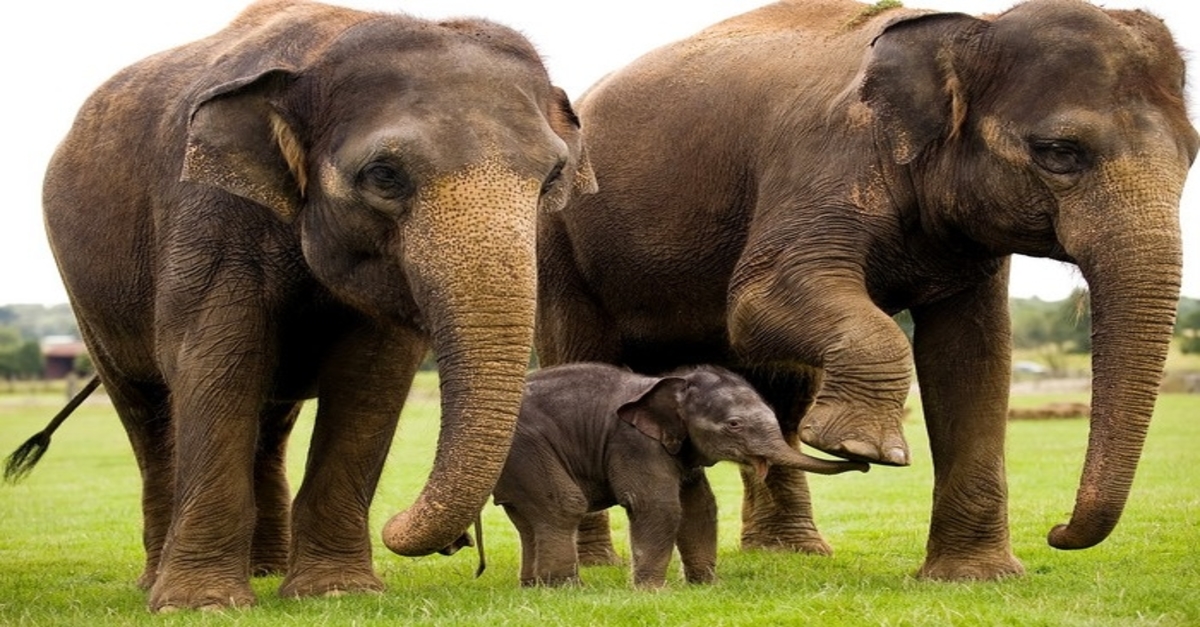Once known as ‘Lane Xang’, or the land of a million elephants, the Asian elephant population in Laos has decreased by almost half in the past 30 years
New research by French scientists and conservation experts examines how elephant populations depend heavily on the socio-economic practices of a country.
According to research from France’s National Center for Scientific Research (CNRS) and the French Beauval Nature association, initiating a ‘maternity leave’ system to compensate owners for their loss of income during breeding periods, would contribute to the species’ long-term survival. The system would remove the economic trade-off between breeding and working, and allow the captive population to depend mostly on wild population dynamics, through the mating of captive females with wild males.
In a report recently published in Scientific Reports, research indicates how an increase in elephants’ workload in the last two decades, specifically in the timber industry, has affected its reproduction cycle.
According to experts, the elephant’s long gestation period of 22 months, followed by two years of weaning, makes reproduction impossible when put to work. Furthermore, the exportation of Lao elephants to neighboring countries for tourism purposes threatens the population’s survival.
With data provided by the Lao Department of Livestock, researchers developed a bio-economic model that included an annual estimate of the elephant population based on demographic data such as age, gender and location, as well as 50 interviews focusing on elephant owners’ breeding practices.
Projected over a century, the model simulates the owners’ decision-making process and questions if breeding elephants is more profitable than working for the logging or tourism industries.
Using several scenarios, research shows that if current elephant exportation rates remain a trend, the Asian elephant population could become extinct in a short period of time.
The research also highlights the importance of including both wild and captive elephants in conservation policies.



